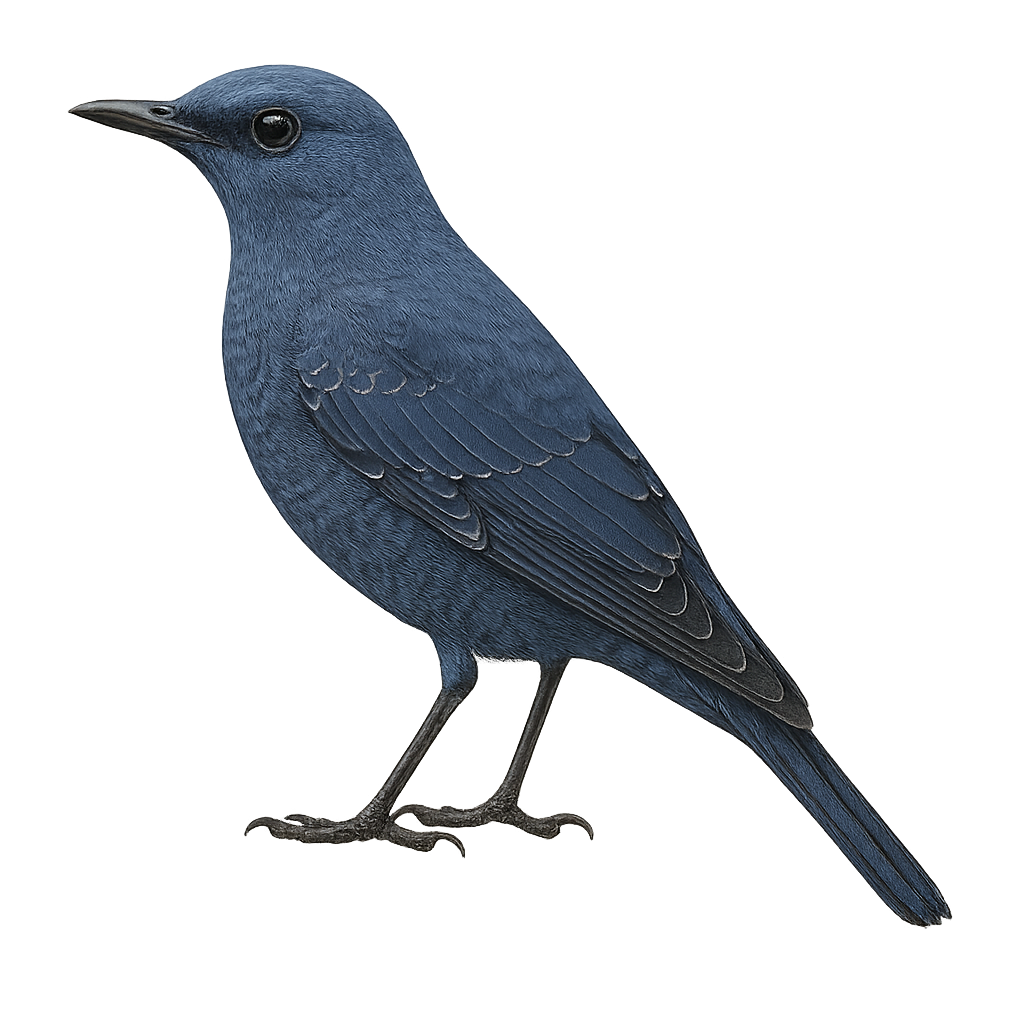Your wildlife photography guide.
Explore the blue rock thrush in detail, study its behavior, prepare your shots.
Where to observe and photograph the blue rock thrush in the wild
Learn where and when to spot the blue rock thrush in the wild, how to identify the species based on distinctive features, and what natural environments it inhabits. The WildlifePhotographer app offers tailored photography tips that reflect the blue rock thrush’s behavior, helping you capture better wildlife images. Explore the full species profile for key information including description, habitat, active periods, and approach techniques.
Blue Rock Thrush
Scientific name: Monticola solitarius

IUCN Status: Least Concern
Family: MUSCICAPIDAE
Group: Birds
Sensitivity to human approach: Suspicious
Minimum approach distance: 10 m
Courtship display: April to May
Incubation: 13-15 jours
Hatchings: April to June
Habitat:
Rocks, cliffs, mountains
Activity period :
Primarily active during the day, with peak activity in the morning and late afternoon.
Identification and description:
The Blue Rock Thrush, Monticola solitarius, is a medium-sized bird, measuring about 21 to 23 cm in length. It is easily recognizable by its bright blue plumage in males, while females display more brownish tones. This bird is often seen perched on rocks or cliffs, from where it surveys its territory. It primarily feeds on insects and small invertebrates but also enjoys berries. The Blue Rock Thrush is a partial migrant, found in southern Europe, North Africa, and parts of Asia. It prefers rocky and mountainous habitats, often near water. Its melodious and flute-like song is a delight for birdwatchers.
Recommended lens:
400 mm – adjust based on distance, desired framing (portrait or habitat), and approach conditions.
Photography tips:
To photograph the Blue Rock Thrush, it is advisable to use a 400mm lens or longer to capture detailed images without disturbing the bird. Look for rocky areas or cliffs where it often perches. Be patient and discreet, as this bird can be suspicious. Early morning or late afternoon, when the light is soft, are the best times to shoot. Use a tripod to stabilize your camera and achieve sharp images.
The WildlifePhotographer App is coming soon!
Be the first to explore the best nature spots, track rutting seasons, log your observations, and observe more wildlife.
Already 1 430 wildlife lovers subscribed worldwide

